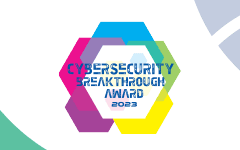The Guide to IGA in Manufacturing e-book provides an insight of the identity and access related challenges that manufacturing companies face. Security, compliance, and efficiency challenges can be addressed using a next generation identity management solution that includes identity governance capabilities. It also gives guidance on the identity management and access governance functionality that should be considered to help make business processes more efficient and to address the specific challenges of a manufacturing environment.
Download E-book
The threats faced by manufacturing companies need a comprehensive security plan that includes identity management and access governance as a central component. Identity Management Professionals have a pivotal role to play in making their companies more secure, compliant and efficient.
Develop an understanding of how security, compliance, and efficiency challenges that manufacturing companies face can be addressed using a next generation identity governance and administration (IGA) solution.
Please fill in the form to download the Guide to IGA in Manufacturing e-book.






















